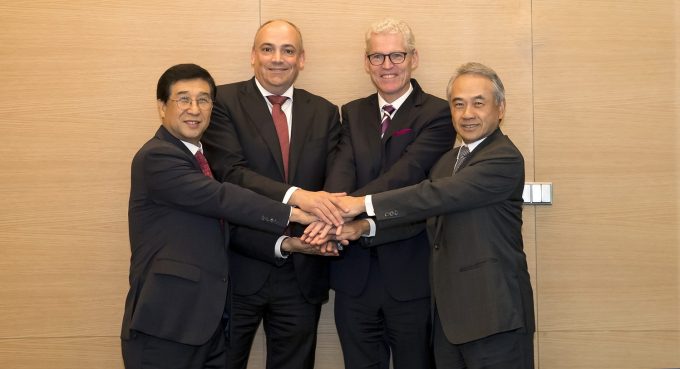Gemini schedule reliability falls below 90% target for the first time
The Gemini Alliance has dropped below its targeted 90% reliability for the first time since ...

Two ocean carrier CEOs affected by alliance divorce appeared in consecutive sessions on the first conference day of the S&P Global TPM24 event in Long Beach on Monday.
First up, as part of a panel session discussing the outlook for container shipping, was ONE CEO Jeremy Nixon, who referred to a “positive impact” from the 2025 consortia changes which, in addition to the demise of the 2M, will see THE Alliance’s founding lead line Hapag-Lloyd leave the VSA next February to ...
Volcanic disruption at Anchorage could hit transpacific airfreight operations
Macron calls for ‘suspension’ – CMA CGM's $20bn US investment in doubt
De minimis exemption on shipments from China to the US will end in May
Forwarders stay cool as US 'liberation day' tariffs threaten 'global trade war'
Mixed response in US to 'Liberation Day', while China leads wave of retaliation
Tariffs and de minimis set air freight rates on a volatile course

Comment on this article